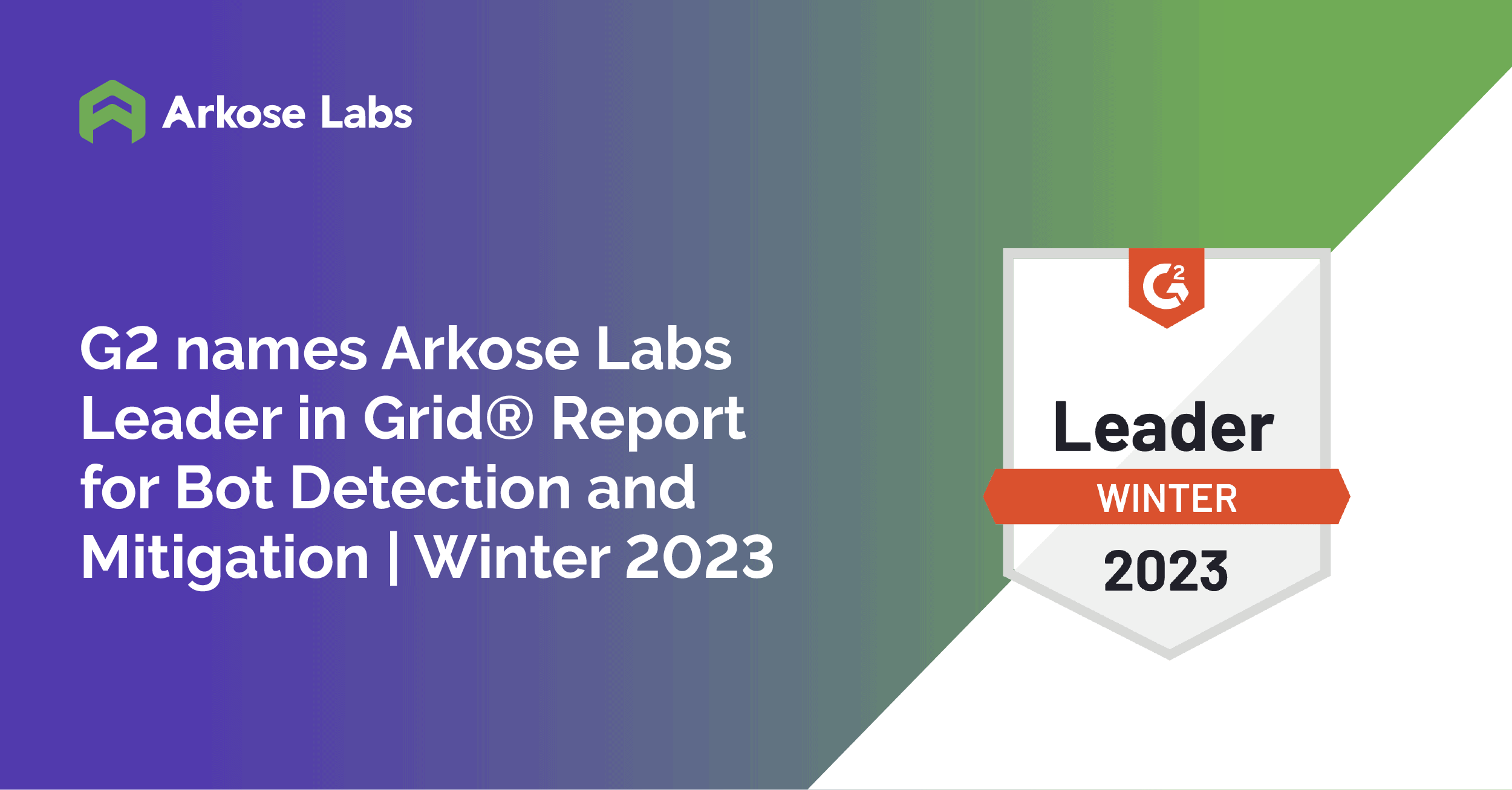In a business setting, identifying and blocking advanced bots is a key element in combating cybercrime, including general fraud and attack, website performance issues, and the need to safeguard sensitive data while also preventing automated activities often generated by bots. These malicious online activities include account takeover (ATO), financial scams, denial of service (DDoS) attacks, API misuse, ticket scalping, and other criminal behavior.
Tired of reading? Download our free video:
What is bot traffic?
This is a type of non-human traffic generated by automated scripts, such as web crawlers, scrapers, and other automated bots. Bots are typically used to generate views, clicks, and website traffic, and can be used to manipulate website metrics and perform account takeovers. Bot traffic can be harmful to a website, and businesses as a whole, as it can be used to launch DDoS attacks, steal data, or spread malware.
Types of traffic created by bots:
Online bots comprise close to half of all Internet traffic, and a large portion of that traffic is malicious. Malicious bots can be used for credential stuffing, data scraping, and launching DDoS attacks, while even some of the less malicious "bad bots" can be a nuisance, such as unauthorized web crawlers, which can disrupt site analytics and generate click fraud. In light of this, many organizations are seeking ways to manage the bot traffic to their sites. Meanwhile, some bots are essential for beneficial services like search engines and digital assistants.
Here are some common examples of bot traffic:
- Spambot Traffic sends out large amounts of spam emails and advertisements
- Crawler Bot Traffic: collects data from websites
- Malicious Bot Traffic: carries out malicious activities such as stealing data, spreading viruses, and attacking websites
- Shopping Bot Traffic: used to search for deals, compare prices, and make purchases online
- Social Media Bot Traffic: used to automate social media interactions, such as liking, commenting, and sharing posts
Bot detection is important, as it helps protect applications from attack and redirect users to the right page. It also helps to prevent credential stuffing and unauthorized access to accounts that can lead to data breaches.
6 common Signs of Bot Traffic
To protect your website from advanced bot activity, and protect the throughput of legitimate users, it's important to know how to detect them. With these measures in place, you can take the necessary steps to protect your website from bad bots. Here are some signs to look for when trying to spot bot traffic on your website:
- unusually high amounts of traffic from a single IP address
- suspicious activities like rapid clicking, mouse movements, and form submissions
- requests coming from multiple IP addresses, but with similar user-agents
- server logs with suspicious patterns, such as unusually high numbers of requests from the same IP address or user-agent
- uncommonly used browsers or operating systems
- suspicious activities such as excessive page requests, views, and visits
Bot attacks aren't just annoying to business users—in fact, bot traffic can hurt analytics as well. Unwanted bot traffic can have a major effect on analytics metrics like page views, bounce rate, session duration, user geolocation, and conversions. It can be incredibly frustrating for website owners to accurately measure the performance of their site when it is constantly bombarded by bots. Any endeavors to upgrade the website, like A/B testing and conversion rate optimization, can also be affected by the noise generated by bots.
Managing Bot Traffic on Websites
As the popularity of bots continues to rise, it is important to understand how to effectively manage them on your website so that they can be used to enhance the user experience. Bots can help automate tasks and provide a more personalized experience for visitors. With the right management strategies, you can ensure that your bots are running smoothly and efficiently, helping to make your website more user-friendly and productive. In this guide, we will discuss the basics of bot management, including setting up bots, monitoring them, and troubleshooting any issues that may arise.
Implement CAPTCHA Software
CAPTCHA software offers an effective tool to distinguish between humans and bots. These challenges often come in the form of image recognition or text-based challenges. Websites can employ bot detection by using honeypots—hidden elements that only bots can detect, such as hidden links or forms—to further separate bots from humans. IP address tracking and analytics tools can also be used to block suspicious visitors and detect malicious bot traffic.
Monitor User Behavior
Monitoring user behavior is essential for detecting anomalies that could signal malicious activity on your website. Analyzing server logs and traffic patterns can help identify suspicious activity. CAPTCHA software, like that of Arkose MatchKey, can confirm user authenticity by requiring the entry of a code before accessing the website. Additionally, rate limits on requests can help prevent automated bots from accessing the website. Blocking IP addresses known to be sources of bot traffic is also a useful preventive measure.
Utilize IP Address Tracking
This is a powerful tool for detecting and blocking bot traffic. It can analyze IP addresses and URLs of incoming requests to identify malicious or suspicious activity. IP address tracking also helps websites pinpoint potential sources of malicious traffic, as well as detect and prevent automated bots from accessing restricted areas of a website. Also, IP address tracking provides valuable user behavior data, so website administrators can adjust their security measures accordingly.
Trust browser fingerprinting
Browser fingerprinting is a technique used to detect bots by analyzing a user's web browser. It takes advantage of the fact that each user's browser has a unique set of features, such as its version and plugins, to distinguish between humans and automated browsers. With browser fingerprinting, websites can identify malicious bot traffic and prevent it from accessing their services, detect attackers who use automated methods to conceal their identity and bypass security measures to ensure only legitimate traffic is allowed on their site.
Block suspicious traffic
It is essential to protect your website from suspicious traffic by identifying and blocking it. IP address filtering is a great way to keep malicious bots out and prevent them from stealing sensitive information or disrupting services. To determine the best course of action, it is important to identify the source of the traffic. Additionally, web application firewalls (WAFs) are useful for defending against automated attacks.
Arkose Labs mitigates bots
Are you looking for a bot detection solution? It’s important to remember, traditional CAPTCHAs don’t always work on bots because they can now find ways around them. Arkose MatchKey challenges are designed to meet modern threats head-on by providing the best of defensibility, usability, and accessibility in one product.
In fact, Arkose MatchKey is the strongest CAPTCHA ever made.
Our bot protection software, Arkose Bot Manager platform, offers an adaptive approach to bot prevention. Powered by AI, it offers defense-in-depth detection and dynamic attack response to differentiate between trustworthy and malicious signals without hindering the user experience. Application security teams gain the advanced detection power, risk insights, and options for user-friendly enforcement they need for comprehensive bot mitigation and deterrence.
Send us a message and find out how we can help your business identify and stop bots today!



